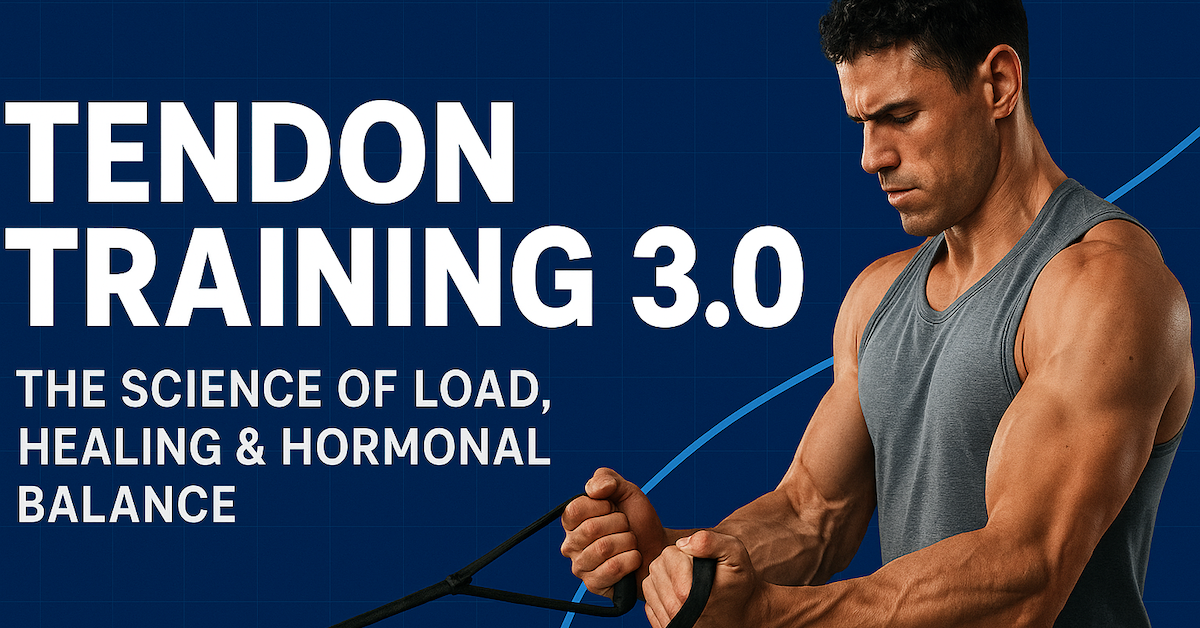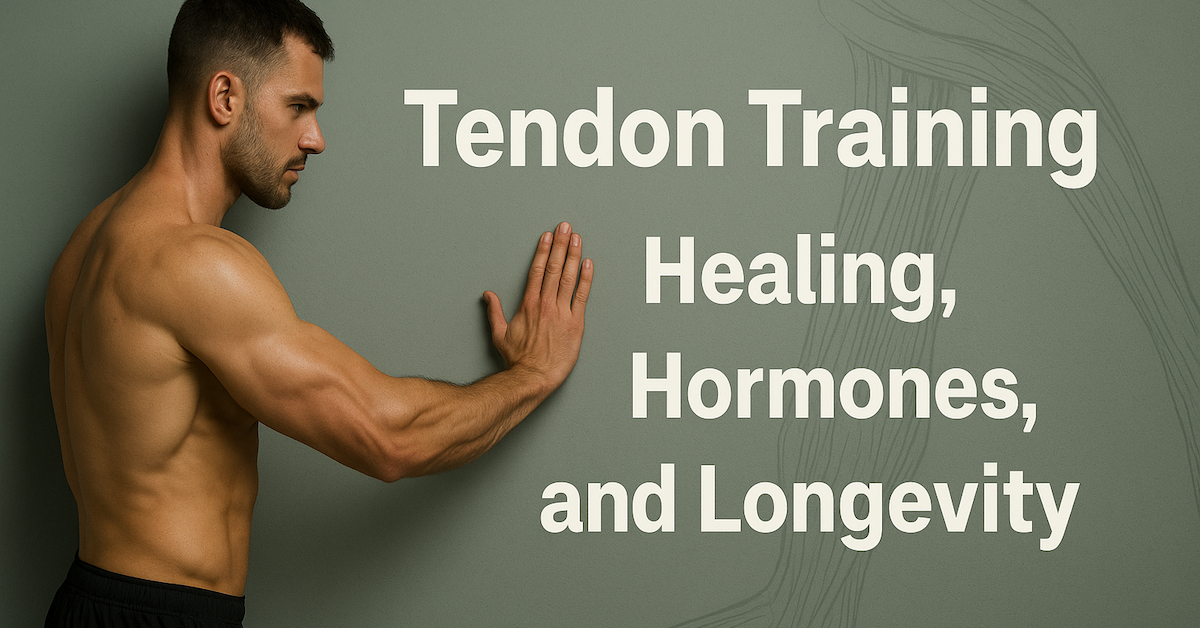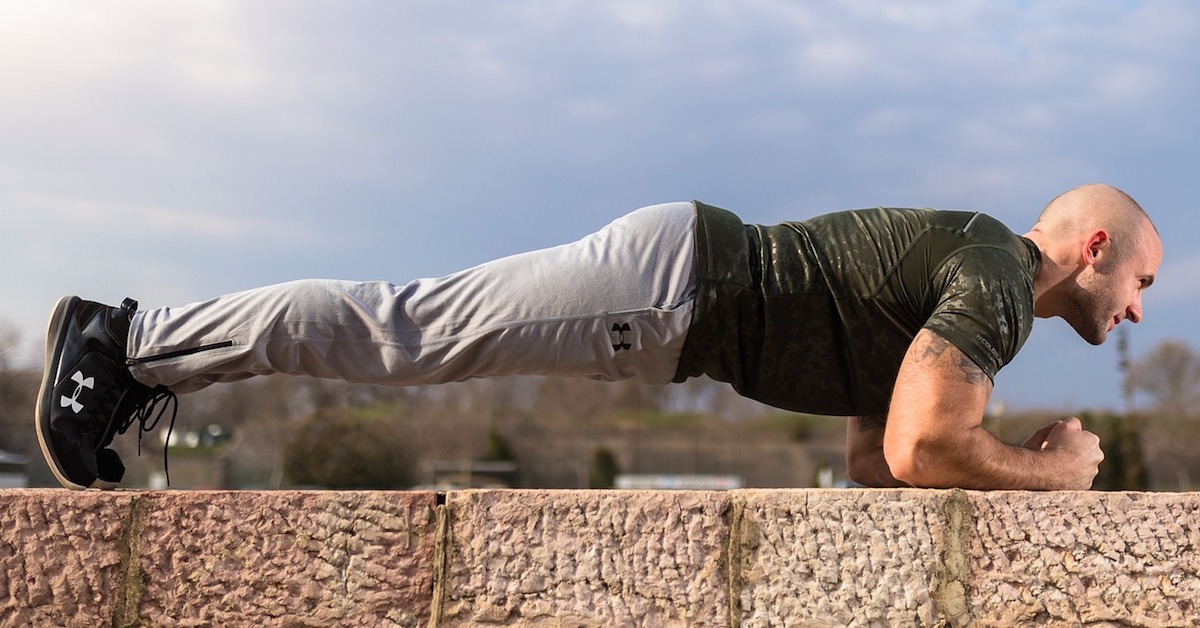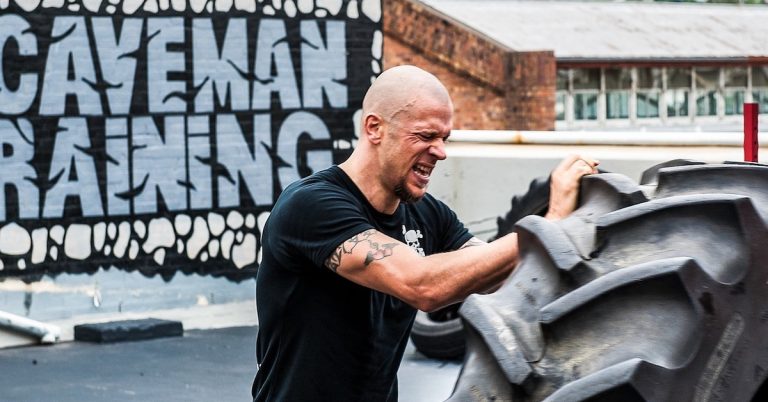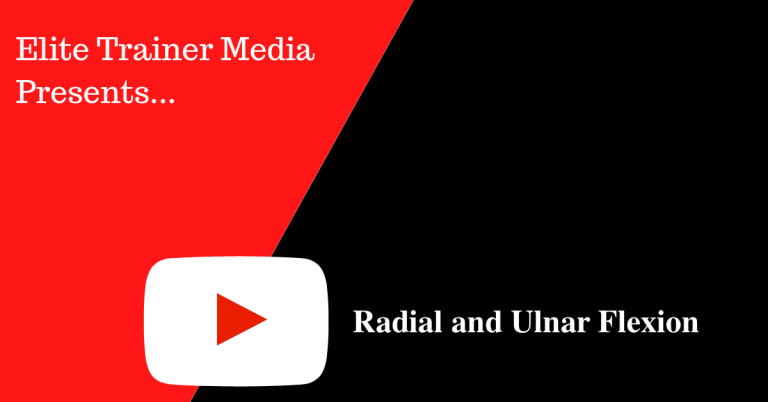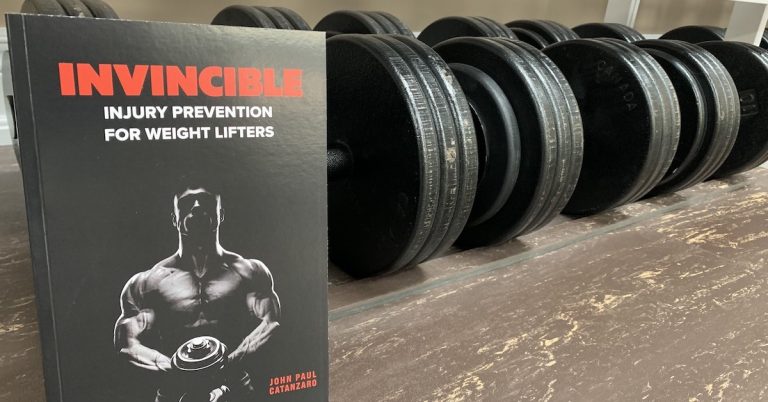If you’ve followed our tendon training series so far, you know that Dr. Keith Baar’s research has reshaped how we think about connective tissue health. In Part 1, we introduced the 10-minute tendon protocol. In Part 2, we explored advanced insights on healing, hormones, and longevity. Now, in Part 3, we dive deeper into the…
If you haven’t read Part 1 — The 10-Minute Tendon Protocol: How to Build Stronger, Injury-Proof Tissue — start there first.This follow-up dives deeper into Dr. Keith Baar’s most recent discussion on tendon injuries, rehabilitation, hormones, nutrition, and what truly drives connective tissue adaptation. 1. Rethinking Immobilization: Why “Boots” Do More Harm Than Good Immobilization…
Most athletes train muscles. The smart ones train tendons. The problem? Tendons don’t give you warning signs. There’s no such thing as delayed-onset tendon soreness. One day you feel fine — the next day, something pops. New research led by Professor Keith Baar, one of the world’s leading experts in tendon biology, reveals how tendons…
After decades of pain-free living, I was blindsided by lower back issues late last year. Everyday activities became a challenge, and squats and deadlifts were off the table. The turning point came from revisiting Dr. Stuart McGill’s literature, specifically Back Mechanic, Ultimate Back Fitness and Performance, and Gift of Injury. This deep dive inspired a…
Performing a mixed-grip deadlift can make you susceptible to a biceps injury on the supinated side. Trying to deadlift a heavy tire with both arms supinated increases the risk significantly. That’s why tire flips are so dangerous. You have to deadlift the tire first before you can flip it, and if you don’t do it…
If you haven’t heard, it’s no longer cool to rest and ice an injury. Forget the old RICE method and start using METH instead. I coined the acronym over a decade ago in this article, and it’s been popular ever since—for good reason: it works! METH stands for movement, elevation, traction, and heat. Notice how…
Radial and ulnar flexion are two often-overlooked motor patterns that deserve a spot in your training. They may not be flashy, but if you want strong, balanced wrists and forearms, you should work them in periodically. Want to know how to properly integrate these movements into a program? Check out my breakdown of where they…
Injury Prevention Strategies for Aging Athletes is a seminar that I’ve presented several times over the years to professional organizations like the Canadian Society for Exercise Physiology (CSEP), canfitpro, Certified Professional Trainers Network (CPTN), and Ontario Society of Health and Fitness (OSHF). Eventually, that seminar became a webinar and now a book. The book is…
Training to perform a one-arm chin-up involves a simple two-step progression: a) Start with a mixed grip—hands placed shoulder-width apart, as demonstrated in the video below. Each session, increase the distance between your hands by one inch on each side. b) After six sessions, grab the bar with your right hand only (palm facing you)…
Yesterday, my Oura readiness score was 94. I should have had a good workout—but I didn’t! The first exercise was bent-knee deadlifts, and my goal was to work up from 305 to 335 pounds in a step-loading fashion for five sets of five. I went to do my first work set, and it felt like…

